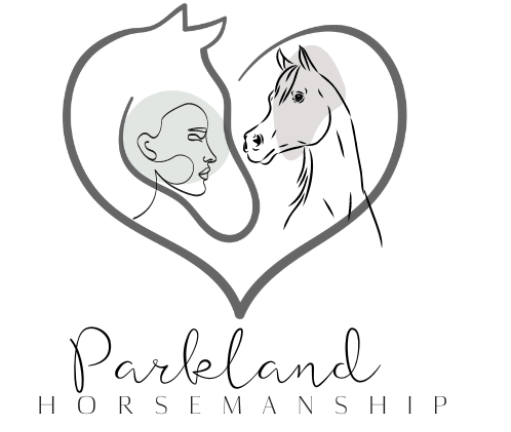People who make a living working with horses must have an interest and passion for what they’re doing; otherwise, it won’t be an effective career option.
At first, the most important consideration when searching for a trainer should be their educational background and certifications. Next, carefully assess their training philosophy to see if it embodies principles that prioritize positive reinforcement while understanding equine behavior.
1. You’re the Leader
Horses are prey animals who instinctively flee or fight when something frightens them, so it takes someone with special talent and insight to communicate with these raw emotions and help solve issues for these sensitive creatures.
Training a horse properly begins with realizing that both parties involved are equal partners and equal players in this relationship. An adept rider can make the horse feel as though they’re making progress when working together; this encourages more willingness and ability to do things since the animal sees that humans’ intentions are good.
Too often, horses are forced to exceed their physical and emotional boundaries in order to meet riders’ goals, leading to unnecessary stress and even injury for both horse and rider. By reconsidering why we train, new techniques may arise that better align with the horse’s wellbeing; for instance, setting an appropriate length working session.
2. You’re the Teacher
Horses are herd animals that find safety and comfort within a herd environment; when humans attempt to train them beyond what their physical bodies and minds can endure, this can cause undue strain for both horse and rider – regardless of whether this training is done by amateurs or professionals.
Horses can interpret your tone of voice to know whether or not you are comforting them, while also paying close attention to body language.
With patience and consistency during training sessions, horses will quickly learn what you ask of them. Short training sessions of 10-15 minutes should suffice; pushing too hard could demotivate him and reverse his learning progress. Also be conscious of your energy around horses so they know you have an appropriate posture towards them.
3. You’re the Reward
Positive reinforcement (clicker training) offers horse trainers an effective and powerful training method. Positive reinforcement involves substituting negative stimuli like pressure or punishment with something the horse wants–treat, rub or rest–that reframes each training session so that a horse understands it is up to themselves to produce desired behaviors, thus becoming active partners in their development process.
Horses can learn through both negative reinforcement and generalization; however, positive reinforcers are usually most effective. If you use a specific phrase that leads to edible treats for your horse’s correct behavior, he or she will soon associate that phrase with appropriate behaviors.
Care must be taken to understand your horse’s brain physiology and her perception of rewards; excessive use of treats could backfire in a dangerous way. Over time, horses may come to believe that human goals always take priority over physical and emotional well-being – this can create an unstable situation for both rider and horse alike.
4. You’re the Role Model
Horses are highly sensitive animals that pick up on our emotions and physical cues quickly, as well as paying close attention to any language we use with them. Because of this, it’s crucial that we always speak in an encouraging, supportive and non-judgmental tone when communicating with horses.
At the same time, it’s essential to remember that horses are herd animals who thrive when interacting socially with their herd mates. Being separated for 23 hours per day with only 1 hour dedicated to training may cause immense distress for these horses if they exhibit abnormal behavior during these sessions.
As a horse trainer, it’s your responsibility to serve as an example for your students. You can help revolutionize the horse world by always portraying yourself and your riders in a positive light when posting or speaking publicly – especially on social media or at shows. Don’t post photos of students falling off, make negative remarks about other competitors, or post other types of inappropriate content; these actions would only damage you and your business reputations further.

